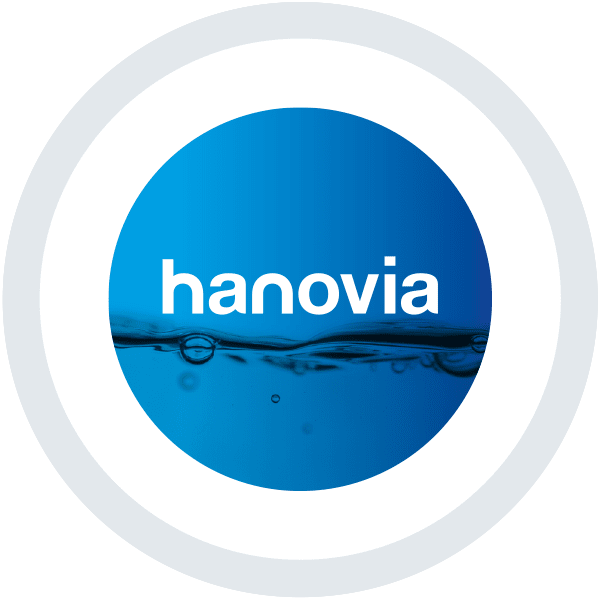Product Recovery in Dairies – Air vs. Water
By Brian Grochowski
With dairy facilities looking for efficiency improvements and opportunities to reduce costs, product recovery has become a hot topic. Many facilities can increase production efficiency by considering ways to recover product that would otherwise remain in the sanitary production pipework and lost during a changeover. The amount of product lost in these lines will vary depending on the facility, its size and product type However, it has been observed that many facilities can recover about 2% of usable product during these changeovers if they implement a FDA PMO approved solution for sanitary product recovery.
The most common FDA PMO approved methods for sanitary product recovery involve either a sterile air push or a water push, using water treated by UV or pasteurization. The processes involved in setting up these systems is clearly defined within the FDA PMO guidelines. Aquionics has also provided details about UV water pushes in previous blogs (linked below):
https://www.aquionics.com/main/blog/uv-disinfection-yields-high-energy-savings-for-dairy-facilities/
When evaluating whether a system based on air or water is the best solution for a facility, it is important to not only consider the CAPEX and OPEX, but also the efficiency, consistency and reliability of the method. Also, it is worth considering how the recovery method will be monitored, the levels of maintenance required, and if either method offers any potential hygienic benefits or issues. Below is some customer feedback that we have received when comparing air vs. water push for product recovery:
- CAPEX for an air push is often lower than for a water push.
- Proper maintenance for an air push is typically much more laborious than for a water push.
- Due to a lack of comprehensive real-time monitoring with an air push, there is a tendency for inadequate maintenance, which can result in a dirty air push (potentially causing product contamination or shelf life issues).
- Product oxidation can be an issue with an air push, depending on the type of product being manufactured.
- Water push is very controllable and consistent. With an air push, there is a tendency for uneven pushes.
- Too much air pressure will result in coring, which will result in less product being recovered. This issue can be further complicated by elements such as piping configuration and valves in place as they can affect the consistency of an air push. Water tends to provide a more even push which leads to a higher rate of product recovery.
- There will be product dilution during the final part of a water push. Monitoring is typically recommended to ensure there is no adulteration of the product recovered.
- Water push is easier to monitor enabling the user to be confidence that it is performing correctly. Air push can be monitored by pressure changes in the system, but this is less intuitive and capturing information is more difficult.
- Water push would have the added benefit of easy reporting for the regulator.
- Due to issues with improper maintenance of the air filters, microbial contamination in the system is much more of an issue with an air push.
Below is a summary table comparing the two methods.

Whether a dairy facility decides to utilize an air or water push, it is important to consider all the points mentioned above and have a clear understanding as to whether CAPEX is the main driver? How important is consistency and rate of recovery? Can the maintenance department easily maintain the hygienic requirements of the system and are they able to monitor deviations? How will the facility meet the regulatory requirements for reporting?
While Aquionics continues to see the industry trend towards a water push using a validated UV disinfection system to treat the water, it is important for each dairy facility to consider what method is the best fit for their specific operation.





 沪公网安备 31011202013557号
沪公网安备 31011202013557号